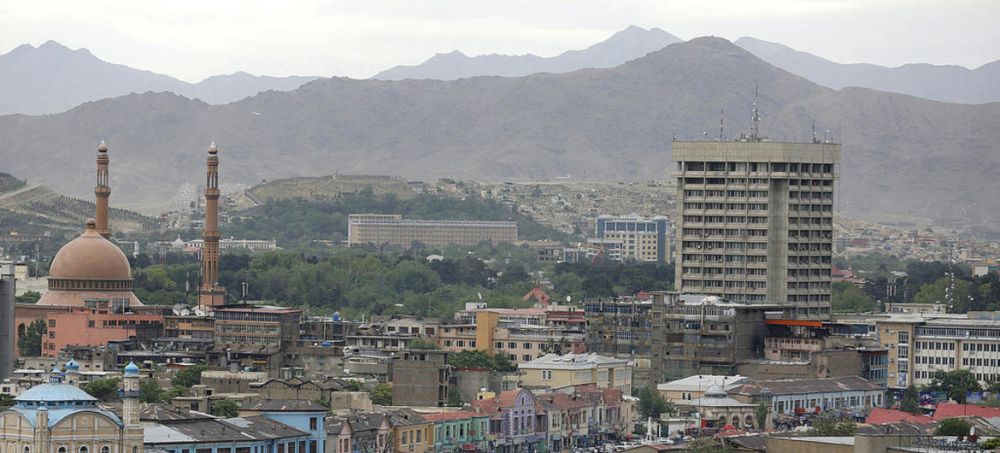

Kabul, the capital city of Afghanistan, boasts a rich tapestry of history and culture that spans over 3,500 years. Known for its strategic geographical location along the ancient trade routes, Kabul has been a significant destination for traders and travelers throughout history.
Historical accounts suggest that Kabul's initial interaction with tourism dates back to the era of the Silk Road when it served as a key trading hub. The city's prominent position on the trade route attracted merchants, scholars, and explorators from various parts of the world. The remnants of the city's old walls and citadels are vestiges from these early times.
Kabul witnessed a burgeoning tourism industry in the early to mid-20th century. The city was often described as a vibrant and beautiful destination, catering to international visitors, including Western tourists and hippies during the 1960s and 1970s, a period sometimes referred to as the "Hippie Trail."
Unfortunately, the outbreak of political instability and conflict in the late 1970s severely affected the city's appeal to tourists. The Soviet invasion in 1979, followed by civil wars and the rise of the Taliban, virtually eradicated the tourism industry in Kabul.
The fall of the Taliban regime in 2001 brought a new wave of optimism, and Kabul saw an attempted revival of its tourism sector. International aid workers, journalists, and a small number of adventurous travelers began to visit, fostering a brief period of cultural and economic recovery. However, ongoing security concerns have continued to challenge the sustainability and growth of tourism.
Today, Kabul faces significant challenges in re-establishing its tourism industry. Despite these challenges, Kabul is home to several historic sites, including the Darul Aman Palace, the Gardens of Babur, and the Kabul Museum that await revival and the return of tourists.
With the changes in government and the complex security situation, tourism in Kabul remains minimal. However, there is a renewed interest in cultural heritage tourism, focusing on the restoration and preservation of historical sites. Non-governmental organizations and international bodies have taken initiatives to preserve Kabul's ancient heritage, which could become the bedrock for future tourism development.
Kabul's history as a tourism destination is rich yet turbulent, reflecting the city's broader historical experiences. It remains to be seen how the city will navigate its future and if it will re-emerge as a cultural and historical haven for the intrepid traveler.